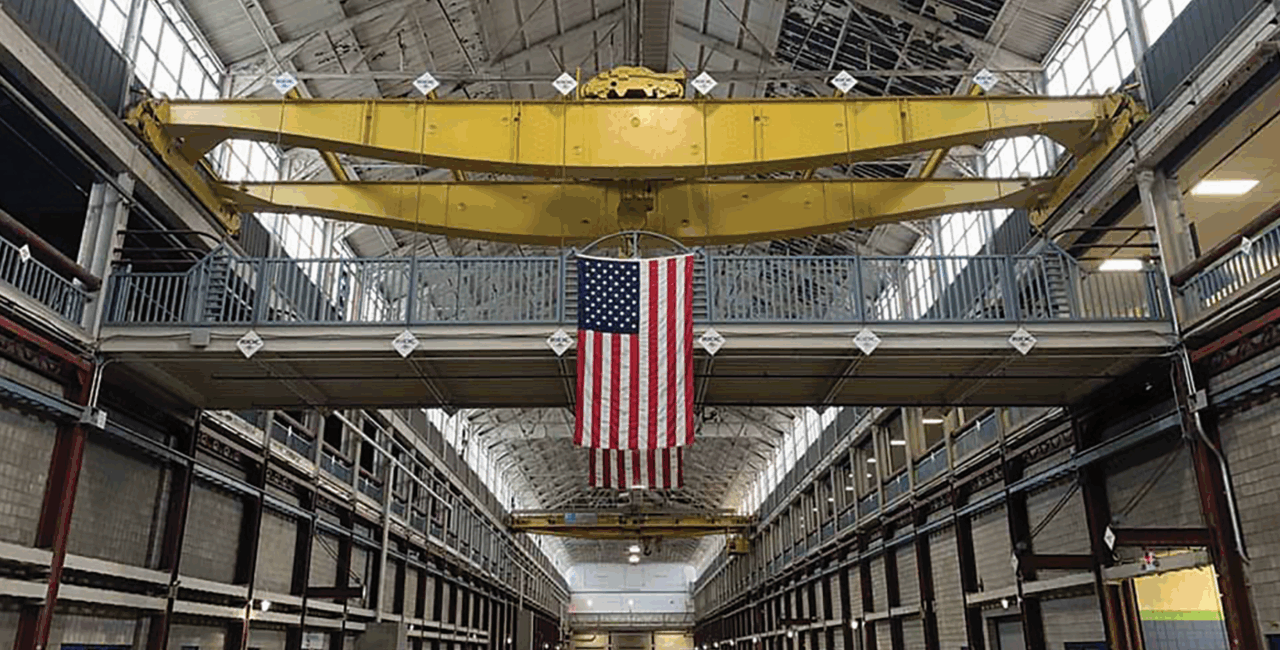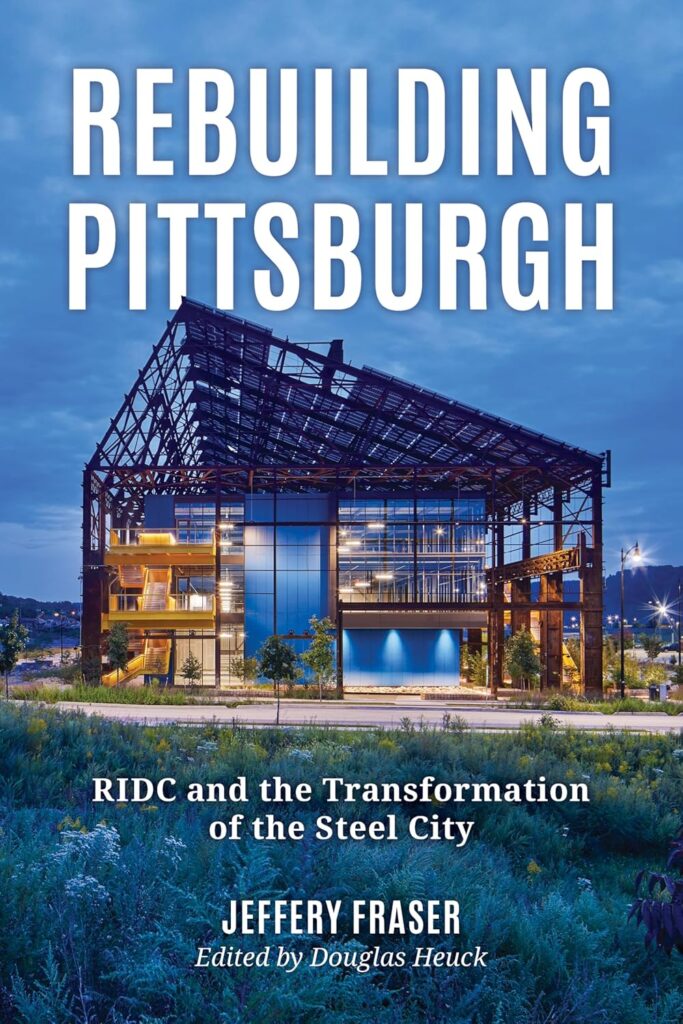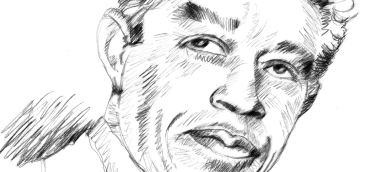Rebuilding Pittsburgh — the Story of RIDC

The first time I visited Pittsburgh for more than a couple of days was Christmas week about 20 years ago. I stayed at the Omni William Penn and the only vivid memory I have is walking around Downtown on a cold Saturday afternoon, not being able to find anyplace good to have lunch.

by Jeffery Fraser
Globe Pequot, $24.95
It seems as if it was only a few years later when even a casual visitor would notice some dramatic changes: a new feeling of energy and vitality in the air and new construction underway on a large scale. New tech companies were starting up and expanding, putting themselves and Pittsburgh on the map. The eds and meds economy was still creating jobs, but those institutions were also producing entrepreneurs. And yes, there were new restaurants.
There were many organizations and individuals to credit for that turnaround — as there have been in our previous renaissances. One of them was RIDC, the Regional Industrial Development Corporation, supporting that growth by creating facilities for emerging companies and more established ones. RIDC, a nonprofit economic development organization, is best known for revitalizing unused or underused old steel plants and other industrial properties — taking on projects that aren’t feasible for commercial developers, redeveloping and repositioning them to appeal to modern companies.
The story of RIDC over the past 70 years — it was founded in 1955 — is closely intertwined with the economic history of the Pittsburgh region. Both are chronicled in a new book, Rebuilding Pittsburgh: RIDC and the Transformation of the Steel City. Written by award-winning journalist Jeffery Fraser and edited by Pittsburgh Quarterly publisher Douglas Heuck, Rebuilding Pittsburgh will appeal to history buffs and anyone curious about the region’s past, with its detailed and fascinating anecdotes about the challenges the region faced — and continues to face — and the people who have taken on those challenges decade after decade.
The book takes us from the early days post-World War II, as civic leaders including Richard King Mellon saw the need for an organization to support their vision of a more diversified economy that was less reliant on the steel industry. It provides a behind-the-scenes description of the planning and execution of RIDC’s first project, the O’Hara Industrial Park, at a time when there were no other multi-company industrial parks anywhere in the region.

The author uses his journalistic skills interviewing leaders from earlier eras to tell little-known stories about the social, political and economic backdrop for RIDC’s work — and the motivation behind many of its projects.
The Westinghouse East Pittsburgh plant, closed and about to be sold for scrap, transformed into a multi-tenant campus that is now known as Keystone Commons and is home to over 1,000 jobs.
The former Sony plant in New Stanton, sitting empty, renamed the Westmoreland Innovation Center, housing top-tier technology, energy and other companies and future home of a shared test track and research facility called PennSTART.
The former Alcoa campus in New Kensington, underutilized and deteriorating, now home to Re:Build Manufacturing, a fast-growing advanced manufacturing company.
Mill 19, the last remaining structure from a massive J&L Steel Works in Hazelwood, transformed into three state-of-the-art buildings housing autonomy, robotics and other tenants.
Rebuilding Pittsburgh is much more than a 70th anniversary celebration of a little-recognized organization, RIDC; it is an enlightening look at the individuals and circumstances that have given us the Pittsburgh we have today — and are already shaping the region we’ll have in the future.
Steven Alschuler is director of communications for RIDC.














